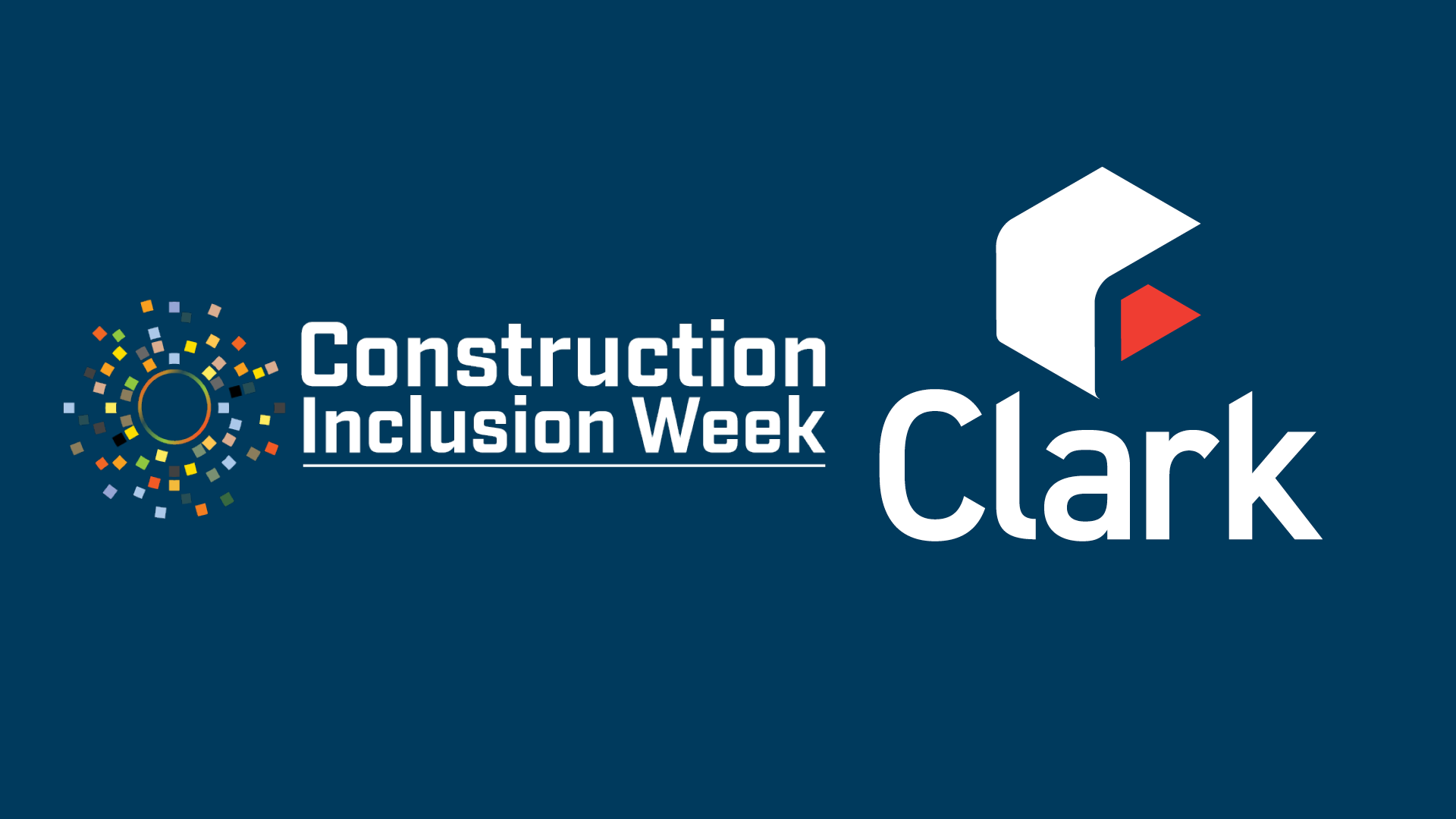
As a part of Construction Inclusion Week we will have articles from Clark team members discussing various topics in a JEDI lens.
by Allison Clark
Inclusion and Belonging: What do those words mean to you?
Although both have technical definitions, both words affect and impact individuals differently. Remembering that everyone experiences events, actions, and people in unique ways is often difficult to do. We are our own person and consciously thinking about how others experience words and actions is not an easy task. It’s vital though to create an inclusive environment where people feel they belong.
Belonging is defined as the feeling of security, support and equality that allows an individual to thrive in different group(s) and their surroundings. Similarly, inclusion provides equal access to resources and opportunities for all people to be successful and valued amongst each other. Belonging and inclusion go hand in hand; one is not possible without the other.
There are many different conditions – physical, mental, emotional – that need to be met in order for people to feel included and that they belong. Some of these factors can be seen, such as age, race, gender, ethnicity, or physical conditions, but not all are visible. Being aware that some individual experiences cannot be seen, but that all experiences are valuable, will help create a more inclusive culture where everyone feels safe to be themselves.
Invisible disabilities/illnesses/diseases are often overlooked because they are not visible. As someone living with two invisible diseases, I often forget about how impactful sharing my diseases and experiences are for my relationship with my co-workers. My co-workers help to provide a work environment where I feel I belong, but without transparency and education of my diseases, I cannot expect them to know what I need. Be mindful of the possibilities and challenges that exist when interacting with teammates.
Below are a few examples of illnesses co-workers may be living with, which can and will impact your interaction with them:
- Cancer
- Diabetes
- Anxiety & Depression
- Heart Conditions
- Lupus
- Narcolepsy & Idiopathic Hypersomnia
- Dyslexia
- Digestive disorders
- Infertility & Endometriosis
Education is the most important element of inclusion and belonging. Listening to others share their experiences is the easiest way I can help provide an inclusive environment where everyone belongs. In order for me to feel I belong, I must share the challenges and circumstances that exist with my illnesses because I am different! We are all different, but we all belong!
Other resources: Viewpoint: Belonging Is the Missing Piece in the Fight for Inclusion (shrm.org)
How to Support People with Invisible Illnesses – NWPC